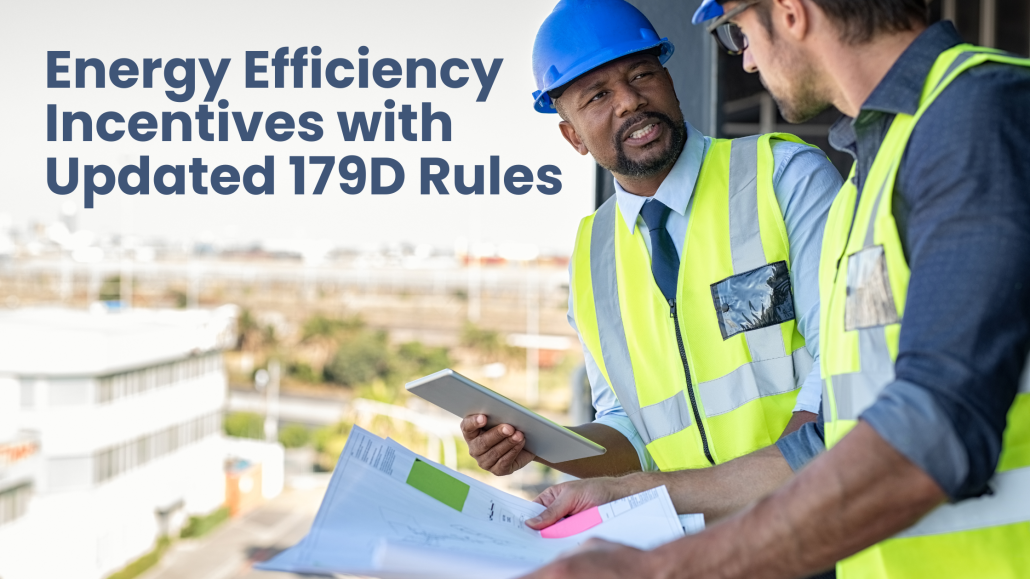
The landscape of tax deductions for energy-efficient improvements has undergone a significant transformation, thanks to the Inflation Reduction Act of 2022. As a building owner, understanding these changes is crucial for maximizing your tax benefits and contributing to environmental sustainability.
Expanded Opportunities for Deductions
The recent modifications to Section 179D, also known as the Energy-Efficient Commercial Buildings Deduction, have broadened the eligibility and increased the potential deductions you can claim for making energy-efficient upgrades to your properties. The threshold for energy cost savings has been lowered from 50% to a more achievable 25%, compared to a reference standard, opening the door for more projects to qualify.
What’s more, the deduction amount has been substantially increased. Under the new rules, there are two distinct paths for claiming deductions, depending on whether your project meets certain labor standards. For projects that do not meet prevailing wage and apprenticeship requirements, the deduction starts at $0.50 per square foot and can go up to $1.00 per square foot. For projects that do meet these standards, the starting deduction is a significant $2.50 per square foot, with the potential to reach up to $5.00 per square foot based on the level of energy savings achieved.
Importance of Prevailing Wage and Apprenticeship Standards
A pivotal aspect of accessing the higher deduction rates is adhering to prevailing wage and apprenticeship requirements. These stipulations ensure that the laborers and mechanics involved in your project are paid fair wages and that a portion of the work is completed by apprentices. Meeting these requirements not only benefits your project’s workforce but also unlocks greater financial incentives for you.
Encouraging Continuous Improvement
One of the most encouraging changes to Section 179D is the shift towards rewarding ongoing improvements. Unlike the previous one-time benefit, the new rules allow you to claim additional deductions for subsequent eligible improvements every three to four years, promoting a continuous cycle of energy efficiency enhancements.
Who Can Benefit?
The scope of eligibility for the 179D deduction has significantly widened. While commercial building owners have always been primary beneficiaries, the new rules also allow designers, architects, and engineers working on projects for government, tribal, and tax-exempt organizations to allocate deductions to themselves. This inclusive approach aims to foster more sustainable building practices across various sectors.
Maximizing Your Benefits
To fully leverage the enhanced 179D deduction, it’s important to plan your energy-efficient upgrades with these changes in mind. Consider consulting with experts to ensure your projects meet the necessary energy savings thresholds and labor standards. By doing so, you can significantly reduce the cost of your upgrades while contributing to environmental sustainability.
The recent enhancements to the 179D deduction represent a significant opportunity for you as a building owner to invest in energy-efficient upgrades while benefiting from substantial tax deductions.


